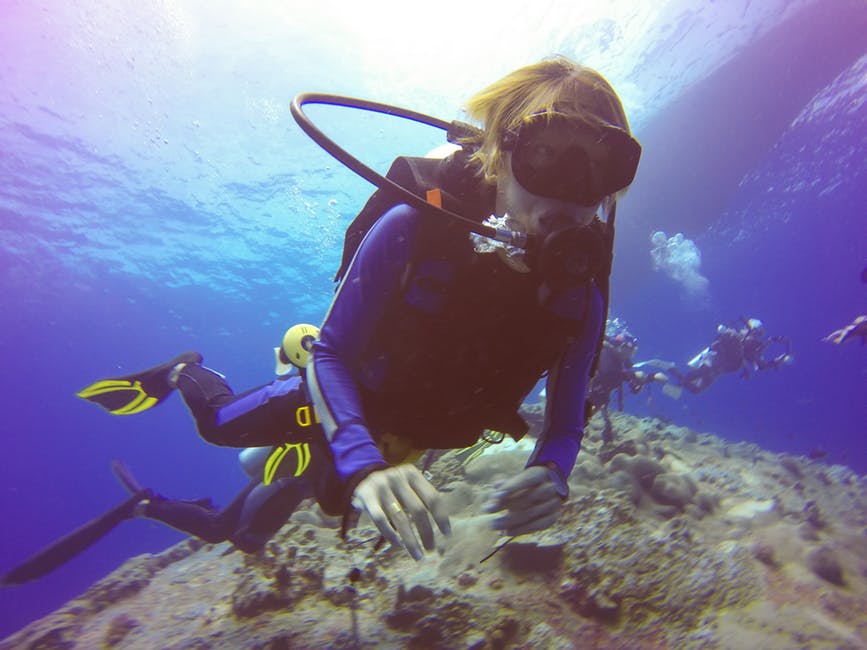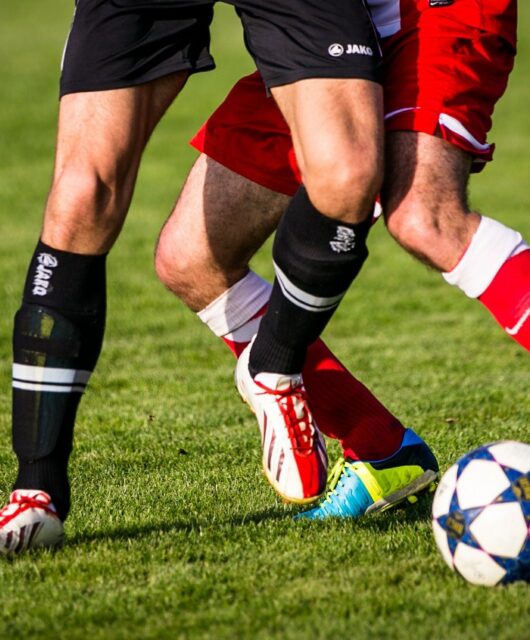What Is the Best Wetsuit for Scuba Diving?

There are as many as 6 million scuba divers worldwide.
Every year more, and more people become certified to dive. This growing number of people leads many to question what the best wetsuit for scuba diving is and what to look for when deciding.
The type of wetsuit that will work best for you depends on a lot of factors. It also depends on where you will be diving and the average temperature of the water there. Also, consider that the deeper you dive the colder the water will be.
Table of Contents
What Does a Wetsuit Do?
A wetsuit works by trapping a layer of water against your skin. This layer of water is heated by your body and won’t cause you to get cold. Wetsuits can be bolstered for use in colder water by adding gloves, boots, and hoods to keep your face and extremities safe.
Wetsuits are made out of substances like neoprene. Neoprene has air that fills pockets inside the material itself. This air is trapped and helps to form a thermal barrier against the colder water. In this way, a wetsuit uses the body as a natural furnace, trapping in the warmth it generates for use.
Where Are You Diving?
If you’re just planning on taking a snorkeling trip to the Caribbean, you’ll probably only need a shorty. A shorty, or Springsuit, is a type of wetsuit that does not enclose the body all the way. With a shorty, your arms and legs are often exposed to the water you’re swimming in.
If you’re diving shallow in warm water, this may be enough. On the other hand, if you intend to dive to lower depths or are diving off the coast of the United States, you’ll want more protection. In this case, a full-body suit is more appropriate for normal water temperatures.
What Kind of Diving Are You Doing?
People get in the water for recreation of all kinds. Surfing, swimming, scuba diving and snorkeling are all common activities that require wetsuits. There are wetsuits designed to cover a range of activities, most are purpose-built.
1. Surfing Wetsuits
If you want to surf, you’re going to want to get a wetsuit that works for surfing. Most surfing wetsuits are on the thinner side, but there are exceptions to this. Suits that are worn by surfers are often easy to take on and off and are good for water as cool as 55 or 60 degrees.
2. Snorkeling Wetsuits
Snorkeling is a popular form of swimming. Snorkelers outnumber scuba divers by a fair margin and have their own needs. Snorkeling is most common in warm tropical waters and takes place on the surface.
Surface water is heated by the sun and thus a snorkeler doesn’t require as much protection as a diver. Shorty wetsuits and very thin suits are more common here. Thicknesses ranging from 3mm or less is standard for most snorkelers.
3. Scuba Divers
A scuba diving wetsuit is the most protective and features varied thickness. If you’re getting into scuba diving, getting the right suit is more than a fashion choice. Making sure that your suit fits correctly, isn’t too tight and allows free range of motion are essential to safety.
Scuba suits can range from very thin to complete drysuits for use in the arctic. With scuba diving, location and depth are the most important factors in deciding what kind of wetsuit you’ll need. The best wetsuit for scuba diving changes based on these factors.
4. Swimming
Swimming and doing recreational activities like skiing and wave boarding requires less protection than going underwater. Many people find that a shorty works well for this or a very thin wetsuit. Seasons change the temperature of water so if you intend to hit the lake in the fall, pack accordingly.
To swim correctly, ergonomics are important. Make sure that the suit you’re looking at will fit right and allow you to move your arms and legs without restriction. You shouldn’t experience any resistance when you move, or else you could reduce your ability to swim.
Competition and Recreation
There are plenty of competitive athletes that use wetsuits. Whether you’re training for a triathlon or competing in any kind of water sport, you’ll want a good wetsuit. Wetsuits range wildly in price, but in general, are usually around $300 for a decent suit to get you started.
The Best Wetsuit for Scuba Diving
If you’re wanting to take the plunge and become a scuba diver, you must understand your gear. Speak to your instructor or other more experienced divers about what they use. They’ll all have recommendations and suits that you should try out.
In any sport where safety means the difference between life and death, choices matter. Scuba diving, if done right, is a safe and engaging sport that can be a ton of fun. As more people try scuba diving out, you can expect that other suits will come on the market.
Scuba diving suit technology continues to evolve with the addition of new materials. Different types of liners and seals are also being introduced. These changes are done to help address the need for warmth while still being functional and comfortable to wear.
Be Safe While Diving
If you’re going to swim in the tropics, research the water temperature there. You may think that because the air is warm that the water will be too. This is not the case. Water is cooler than the air around it.
When we are in the water, we lose heat from our bodies 25x faster than normal. Select the right kind of wetsuit for where and what you intend to do. Water below 70 degrees is dangerous.
The best wetsuit for scuba diving will protect you against the cold and make your experience way more fun. Getting out into the water and swimming with the wildlife is one of the most rewarding experiences you can have.
If you found this article helpful, please take a moment to look around our website for other great reads!









